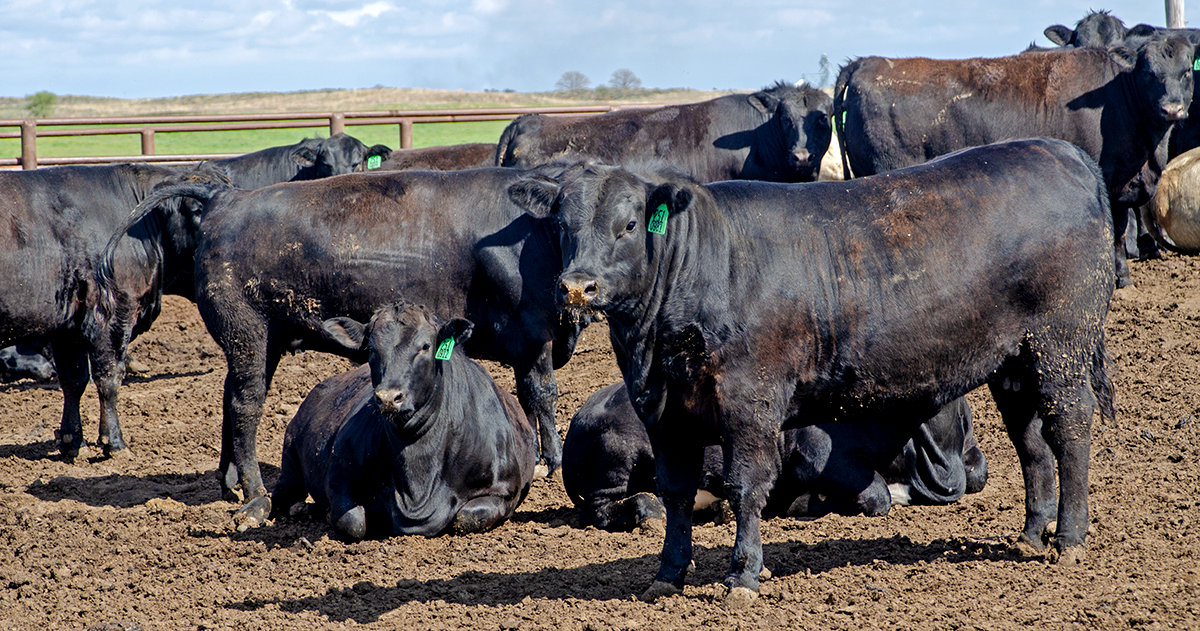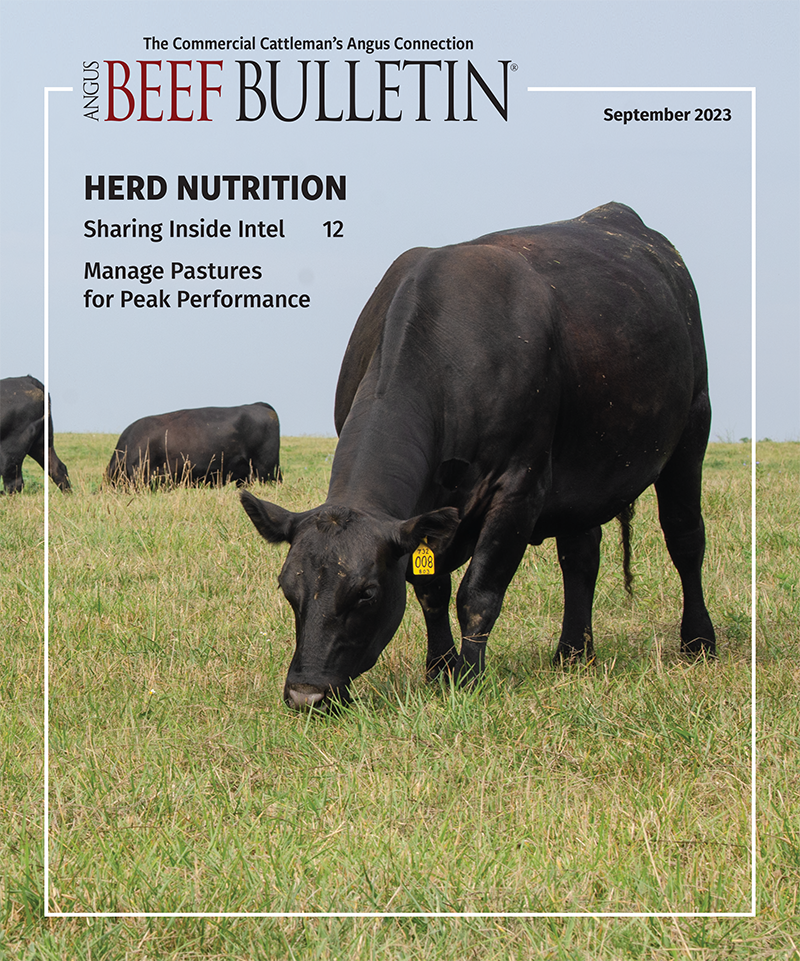
Marketing agreements and grid pricing have evolved because producers strive to link consumer preferences for high-quality beef with farm-gate, fed-cattle values, says K-State ag economist Ted Schroeder.
Study Shows Grid Pricing Has Boosted Cattle Profits, Improved Consumer Beef
K-State ag economists publish paper on trends, implications of marketing agreements.
Kansas State University (K-State) ag economists have completed a broad analysis of the effects of grid pricing in the cattle industry, concluding — among other findings — that producers and consumers have benefited from negotiated pricing agreements.
K-State Livestock Economist Ted Schroeder says grid pricing of fed cattle refers to valuing a lot of cattle based on carcass merit, including premiums or discounts for such traits as quality grade, yield grade, preferred weight, special branded programs and more.
He adds that most cattle sold under a grid pricing system use a marketing agreement with packers, including a base price and a schedule of premiums or discounts applied to cattle that are delivered to the packer.
“Marketing agreements and grid pricing have evolved because producers strive to link consumer preferences for high-quality beef with farm-gate, fed-cattle values,” Schroeder says. “The data we’ve reviewed clearly demonstrates that sending clear value signals to producers through premiums for high-quality carcasses and discounts for less-desired quality has transformed the beef industry.”
Schroeder and Katy Doumit, K-State ag economics graduate student, have identified recent trends in grid pricing and the implications for the cattle industry. Their paper, Fed Cattle and Beef Premiums and Discounts, is available online through www.AgManager.info, a website maintained by K-State’s Department of Agricultural Economics.
“Over the last 20 years, as the use of marketing agreements has increased dramatically, producers have responded resoundingly by increasing the percentage of steers and heifers that grade Choice and higher, from 55% in the early 2000s to consistently over 80% today,” Doumit says. “Producers have benefited by having higher prices for fed cattle, and consumers have benefited by having higher-quality beef that they prefer in retail stores.”
Schroeder notes that producers who are considering entering into a marketing agreement should first study the array of alternative grids available and match those with their own cattle procurement, production and marketing strategies.
“The two go hand in hand,” he says. “Premiums and discounts that we’ve summarized in our report have considerable variation across grids. Knowing the type of carcass quality traits that a producer can attain relative to cost is critical.”
Schroeder encourages producers to “shop around to find the grid to match the type of carcasses the producer can effectively produce.”
“That will make a big difference between a grid system increasing or reducing profit,” he says. “Launching a grid system is less about chasing targets than it is about knowing the type of cattle one has available and the feeding management system that can match the grid with the cattle.”
More information, including Doumit’s and Schroeder’s full report, is available online.
Editor’s note: Pat Melgares is a writer for the K-State Research and Extension news service. [Lead photo by Kasey Brown.]



